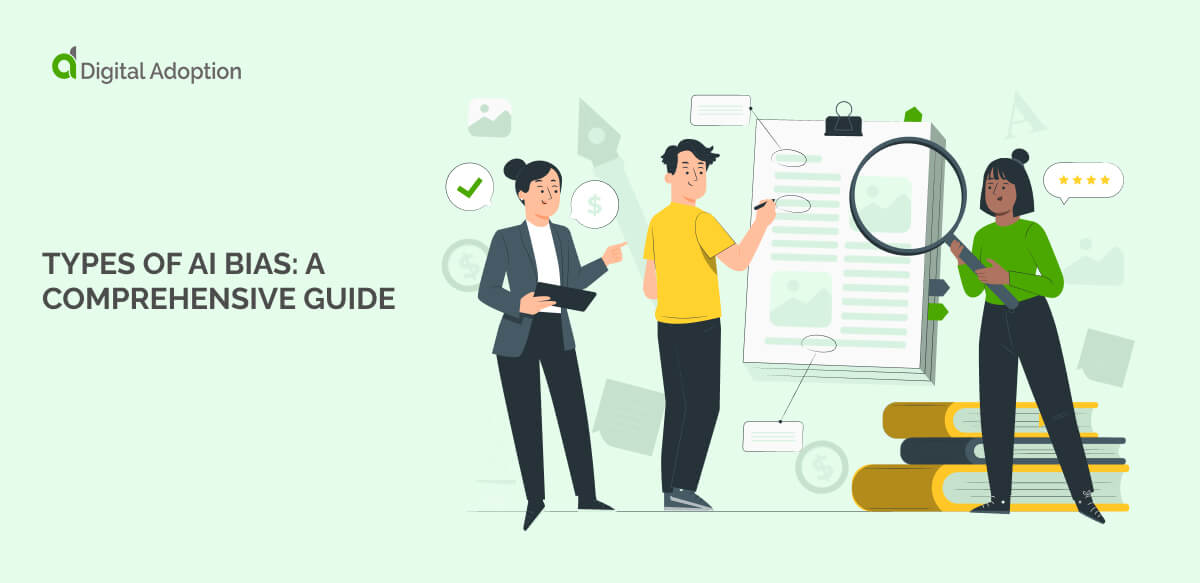Business jargon, don’t you just love it (or love to hate it)?
If you’ve used the word “pivot” recently to describe an adjustment to something that just wasn’t working, you’re not alone. Mashable lists it as part of its 12 Most Overused Buzzwords.
But there’s a difference between nonsense corporate jargon and real business disciplines.
Digital adoption vs. change leadership might sound like a battle between buzzwords, but it’s actually an important distinction to be made in today’s enterprises.
When it comes to digital adoption vs. change leadership, which is more effective for successful digital transformation?
To answer this, we need to look at both disciplines, consider what they have in common, and how they can actually work together.
What is digital adoption?
Having technology does not by itself guarantee success in the digital revolution. Adoption of that technology is necessary.
Rephael Sweary, president of WalkMe explains:
“[Digitization] efforts are in vain if your employees don’t adequately engage and adopt these technologies.”
In a nutshell, enterprises need successful adoption in order to overcome the challenges of digital transformation.
So what is digital adoption? Digital Adoption Platform provider WalkMe defines it as:
“Achieving a state in which digital tools are being used as intended, and to their fullest extent.”
It’s not simply about sourcing, procuring, and rolling out new digital tools within your enterprise. It’s about the technology being used most effectively. If your organization isn’t fully leveraging its digital assets, then they’re not really assets.
Let’s say you’re using Salesforce as a CRM.
You use it to track tasks and communication activities, but that’s about it. You don’t manage contracts or quotes, save time with marketing automation, or take advantage of its reporting capabilities. In short, you haven’t achieved digital adoption.
Here’s another example. You’re a pizza restaurant chain and you’ve created a new app for your customers. They can use the app to book a table, manage their loyalty program, and even place an order for delivery.
These features create a better customer experience (CX), but they also help the pizza shop by allowing it to serve more people in a day. However, these benefits are only realized if their customers fully adopt the app.
Bear with us; all this will help to explain digital adoption vs. change leadership as we go on.
What is change leadership?
Change leadership is often confused with change management. Prosci defines change management thus:
“Change management is the discipline that guides how we prepare, equip and support individuals to successfully adopt change in order to drive organizational success and outcomes.”
However, change leadership is, according to Dr. John Kotter, “putting an engine on the change process. Making it go faster, smarter, more efficiently.”
Change management is designed to keep the factors associated with the change process under control; for example, staying within budget and avoiding delays.
Change leadership, on the other hand, is more about urgency, big visions, and empowering lots and lots of people to change. With the powerful engine of change leadership, you want to have “a highly skilled driver and one heck of a car,” says Kotter.
Change leadership is associated with large scale change and the bigger leaps we have to make in response to large challenges that are coming at us at pace. For example, the challenges of the digital revolution.
Digital adoption vs. change leadership
So, when it comes to digital adoption vs. change leadership, both are needed to effect successful digital transformation.
Enterprise leaders need to have the big vision to make transformation happen. And employees must be guided towards successful adoption as quickly as possible.
John Chambers, Cisco Exec Chairman, believes that 4 in 10 businesses will die inside of 10 years. The only way to survive is to change their company’s DNA to embrace new technologies.
Enterprises must not only accommodate new technologies but adopt them fully.
In summary
“The future of business favors tech-heavy processes, and businesses that fail to adapt to the digital world will fall behind.”
Manish Dudharejia, business.com
Manish Dudharejia is right. But enterprises that focus solely on “tech-heavy processes” will fail to achieve ROI. They must also have the energy, vision, and drive of change leaders. And they must address the people side of adopting change.
Enterprises must take an approach whereby digital adoption expertise and change leadership come together to achieve digital transformation.













